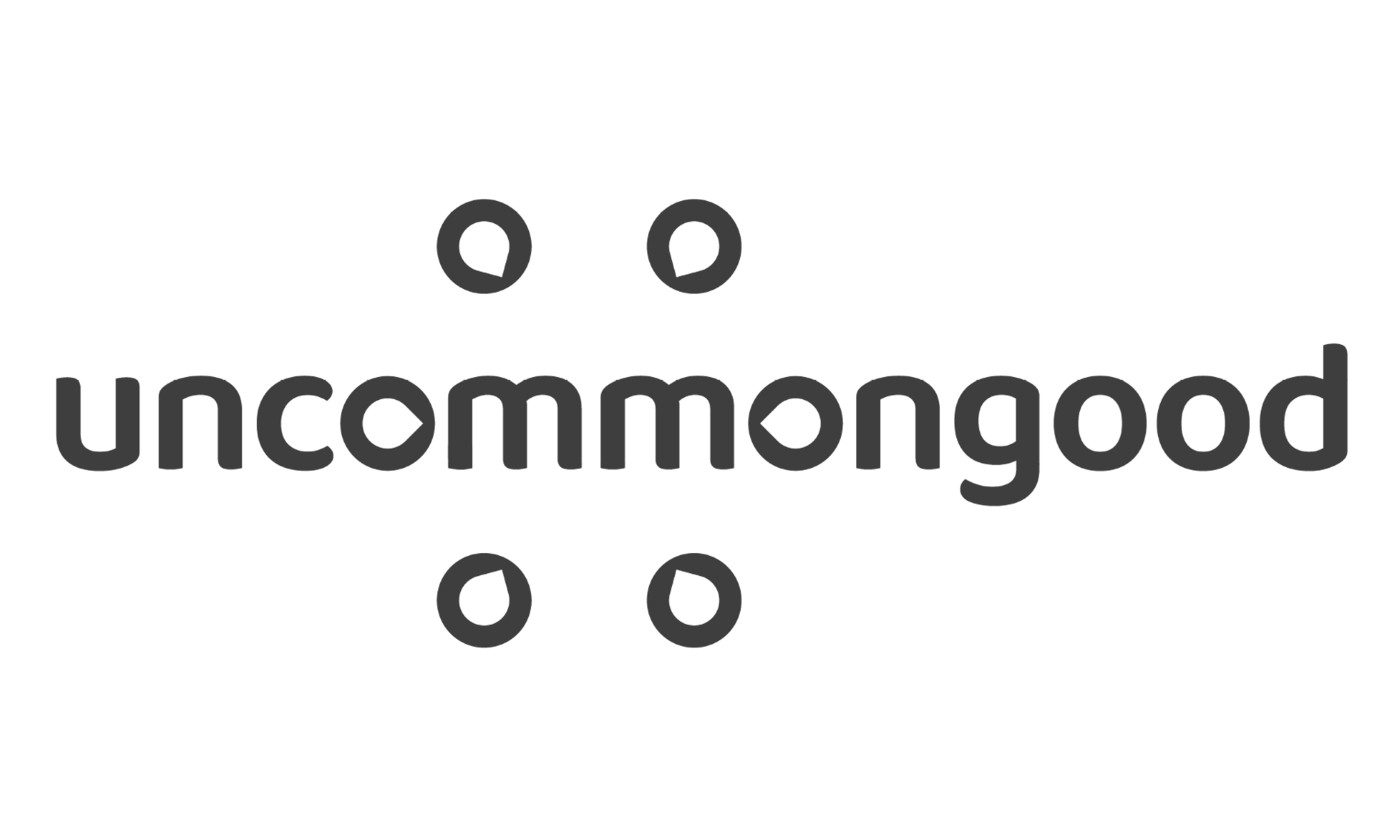An effective nonprofit marketing strategy is the key to any successful nonprofit organization. Without a way to appeal to supporters and potential donors, it would be near impossible to produce the necessary resources required to achieve the impact you’re trying to make. And in our digital age, adapting nonprofit marketing strategy to the web and across social media platforms is more critical than ever before.
Here are some nonprofit organization marketing examples that not only worked, but soared.
1. charity: water’s Birthday campaigns
An organization committed to ending the global water crisis, charity: water isn’t just successful with its one-time fundraising events. Their ongoing campaigns offer compelling nonprofit organization marketing examples that other charities and organizations working for change can use as inspiration.
As a way to connect with potential donors on a personal level, charity: water suggested that people consider pledging their birthdays as a fundraising opportunity. The campaign started with charity: water CEO Scott Harrison, who launched the organization (and the fundraising tactic) on his 31st birthday and raised $15,000.
The money was used to support a refugee camp in Northern Uganda; it built three new wells and fixed three broken ones in an area that helped 30,000 displaced families. Seeing the success of his campaign, Harrison encouraged others to donate one of their birthdays as a fundraiser to charity: water –and the outcome has been incredible.
On the charity: water blog alone, you can read about a few of the many people who have used their birthdays as a way to fundraise. Six-year-old Lory in New York raised $2,386 with his birthday campaign for charity: water to provide people in Rwanda with clean drinking water. To pull his fundraiser off? All Lory did was make two YouTube videos and ask friends and family for $6 donations for his sixth birthday.
This kind of campaign can work on a larger scale, too. Sarah Peck set out to raise $29,000 for charity:water for her 29th birthday and ended up raising $32,398. She added her own fundraising twist, incentivizing people to donate by promising that if she surpassed her goal, she’d swim from Alcatraz to San Francisco in nothing but her birthday suit (and she did!).
Scott Harrison’s initial campaign has inspired many nonprofits and thousands of people like Lory and Sarah looking to make a difference. Since charity: water’s inception, about 17,000 people have celebrated their birthday by creating campaigns for charity: water — nearly $9 million in fundraising, just from birthday campaigns.
Why it Worked:
- By making the fundraiser personal, potential donors are willing to contribute because of their connection to a cause and to the people they care about.
- The strategy not only raises funds, but awareness: charity: water broadens its audience by having existing supporters reach out to their own networks.
- Studies show that donors give more when the cause they’re giving to is more specific in terms of tangible impact. By allowing for specific fundraisers (Lory raising money for clean water in Rwanda), charity: water encourages people to involve themselves in focused projects and impact — and donate more along the way.
2. Make-a-Wish’s storytelling campaigns
Sharing personal stories has existed as a longstanding nonprofit market strategy that appeals to broad audiences. One of the most successful campaigns from Make-a-Wish is one that continually shares the individual stories of kids they grant wishes for, driving interest in and support for their mission.
Make-a-Wish Ohio, Kentucky, & Indiana — the largest chapter of the nonprofit — broke world records by pursuing a storytelling campaign via public relations and branded journalism. For over four years, the chapter captured stories and testimonials, building a campaign and a reach that extended far and wide to various people, groups, and media outlets.
As a result, this chapter ended up with such story opportunities as publicizing the wish of a nine-year-old boy to be signed onto a professional football team for a day, which generated 185 media placements in national outlets as big as The Today Show and USA Today. This resulted in 678 million impressions and is only a fraction of the kind of work they did during this time.
Through regularly sharing these stories in a personal way that connected to large audiences and seeking out visibility opportunities through effective PR strategy, this chapter of Make-A-Wish granted 916 wishes in one year — the most ever granted by any of the 62 Make-A-Wish chapters nationwide.
In addition to campaigns like this, the Make-A-Wish Foundation regularly shares many of their kids’ stories on their Youtube channel, publishes every granted wish on their website, and shares across multiple social media platforms.
Why It Worked:
- Studies show that donors enjoy seeing concrete examples of where their dollars go.
- Sharing these kinds of personalized stories gives a great snapshot of what potential donors would contribute to.
- Reaching out to other media outlets to publicize the work you’re doing can significantly increase your audience and overall reach.
3. Department of Health’s The Awkward Conversations Project
Many nonprofit organization marketing examples center around fundraising, but increased cause/brand awareness is quite significant, too. And organizations like the Department of Health have recognized the increasing power of influencers to gain that awareness.
Commissioning numerous YouTube vloggers who were considered influential, the Department of Health released an informative video series aimed at addressing “awkward topics” among teenagers. Topics included sex, drinking, and other aspects of conversation among teens and young adults to normalize the conversation and increase overall health and wellbeing.
The videos were a significant success. While only ten videos were released, they were watched almost four million times, achieved over 135,000 likes on YouTube, and had a significant engagement rate on the platform among viewers.
Why It Worked:
- Teaming up with influencers to reach your target audience is a great way to gain new supporters and grow your cause.
- Leveraging popular social media channels is a proven way to increase your online impressions and reach.
4. A Blogging Strategy from Healthy Kids Running Series
Healthy Kids Running Series was founded to help fight against the growing childhood obesity epidemic in the U.S., and is geared toward getting children to live healthier and more active lives.
This nonprofit organization’s marketing example centers on the power of blogging, both hosted on an organization’s own site and cross-posted across other outlets.
Healthy Kids Running Series started a blogging campaign to raise awareness for their cause and advocate for the program to be in additional locations. They started sharing personal stories on their blog, while also farming out partnerships with places like MomJunction, where they shared healthy recipes for kids and curated related content from the CDC.
The nonprofit’s blogging efforts in service of their marketing strategy yielded the results they were hoping for. Online referral traffic went up from 5% to 48% within months, meaning people both visited and shared the organization’s efforts over time. And that example is one of many that has propelled the organization’s success; after 12 years of operation, Healthy Kids Running Series now operates in 39 states and serves 70,000 children.
Why It Works:
- Blogs are a great way to host your own content to connect with your audience.
- Creating partnerships with other sites that target a similar audience on different platforms helps spread awareness and grow your supporters.
- Curating diverse content helps reach a larger audience.
Finding Nonprofit Organization Marketing Examples That Work For You
While all nonprofits have different missions, goals, and audiences, they have a lot in common, too. Your supporters all believe in what you’re doing, and they want to create change with you. These are only just a few examples of how to harness that desire to do good and reach more people with an effective nonprofit marketing strategy.
One of our takeaways? The biggest secret to an effective nonprofit marketing strategy is having the tools to do it. If you’re a smaller organization, a tight budget can pose obstacles to acquiring the services you need.
That’s why UncommonGood levels the playing field by offering affordable tools and support in the name of doing good together. We want to be your nonprofit’s champion. We can help you start your blog, boost your social media, and host fundraising sweepstakes with these nonprofit marketing strategies in mind — and more!
Schedule a demo to learn more about UncommonGood and how we can team up to help your nonprofit today.




